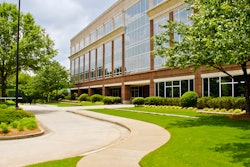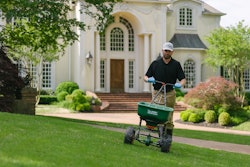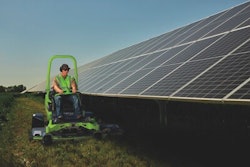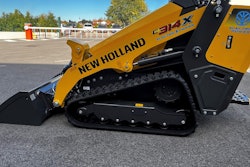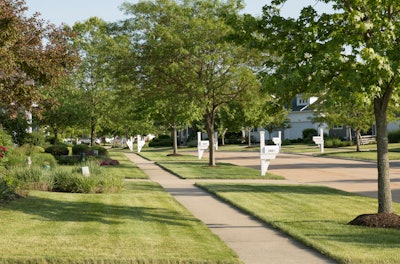
Editor's Note: This guest post was submitted by BrightView.
As many parts of the country are experiencing high temperatures, heat waves, and drought conditions, many are wondering how they can preserve their trees during this time. Trees are a valuable asset aesthetically, environmentally, and economically and your clients want to make sure they are protected. But as the heat rises and water becomes scarce, the foliage gets scorched, branches become brittle, and trees become more prone to pest and disease problems.
Fortunately, there are steps you can take. Here at BrightView, we know how much our clients care about their trees, so we have devised some solutions to help protect trees during periods of drought. It starts with devising a plan and identifying the high-value trees in the client’s landscape. These are the trees that we will prioritize in our preservation plan.
We might also designate trees that are already diseased or weak for removal if that is the client’s wish.
Then, we’ll put our preservation plan into action.
Rethinking tree irrigation
During periods of drought, we tell our clients that it will be necessary to rethink how they irrigate their trees. There are three potential options.
- Temporary Drip Line: We can place a temporary drip line around the outer tree perimeter. This might be the best solution for larger trees in turf areas or parking lots. If tree bubblers were installed at the root ball when the tree was initially planted, replacing bubblers with drip tubing that applies water near the edge of the trees canopy is a much more efficient use of water.
- Deep Water Injection: We can also perform deep water injection with hydraulically pressurized water at the foot depth. Whenever possible, we will utilize recycled water on trees that can tolerate reclaimed water so that we aren’t being wasteful. But sensitive trees like Redwoods will require potable water.
- Water Bags: Water bags (also known as Treegator Bags) can be used on smaller trees or newly established trees that aren’t receiving water from an irrigation system. These are filled with a hose and then slowly release the water directly into the tree’s roots.
Reduce water loss with mulch
Mulching can also have an impact on preventing excessive water loss. Mulching helps to minimize evaporation because mulch significantly reduces moisture evaporation. You should also remove any water-intensive plants or ground cover that is planted around a tree’s root zone as these are stealing from what the tree needs.
We recommend three types of mulch.
- Recycled Mulch from Your Pruning Byproducts: Cost efficient, high water content and nutritional value. Best for non-focal areas.
- Processed Mulch: Great esthetic value but cost is higher.
- Sheet Mulch: (layered compost, cardboard) Good esthetic value for the cost. Highest water retention of the three options.
Watching for signs of decline
Clients should know that there are five stages of decline in their trees. Good…top dieback…discoloration…no growth…dead.
While all trees can suffer from drought, some species are particularly vulnerable. Willow, Poplar, Birch, Purple Leaf Plum, Locust, and Coastal Redwood are some species that are sensitive to drought. You can help your clients by identifying any trees that might need some extra attention during drought. We recommend deep root feeding for these trees to help preserve their health.

